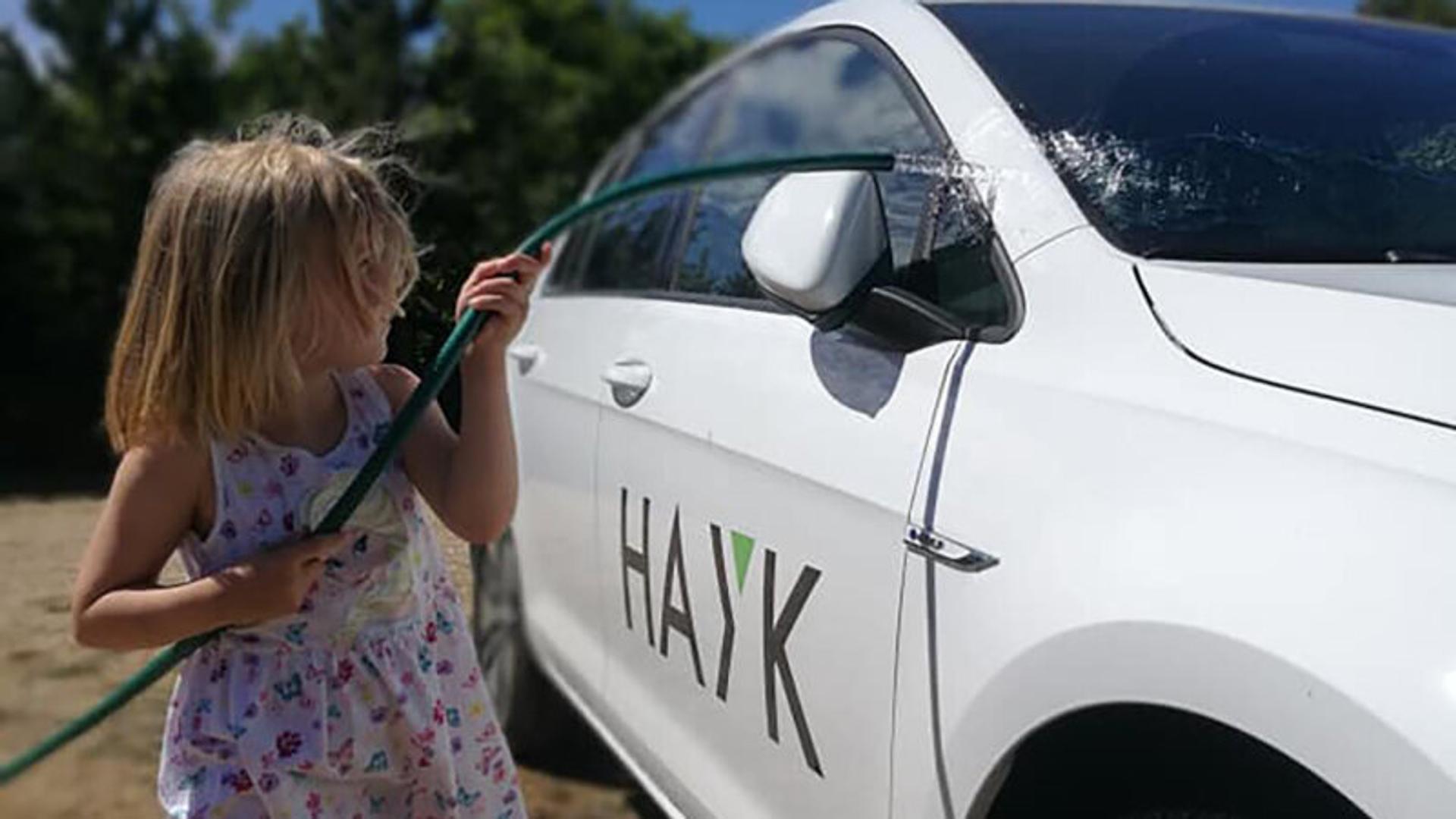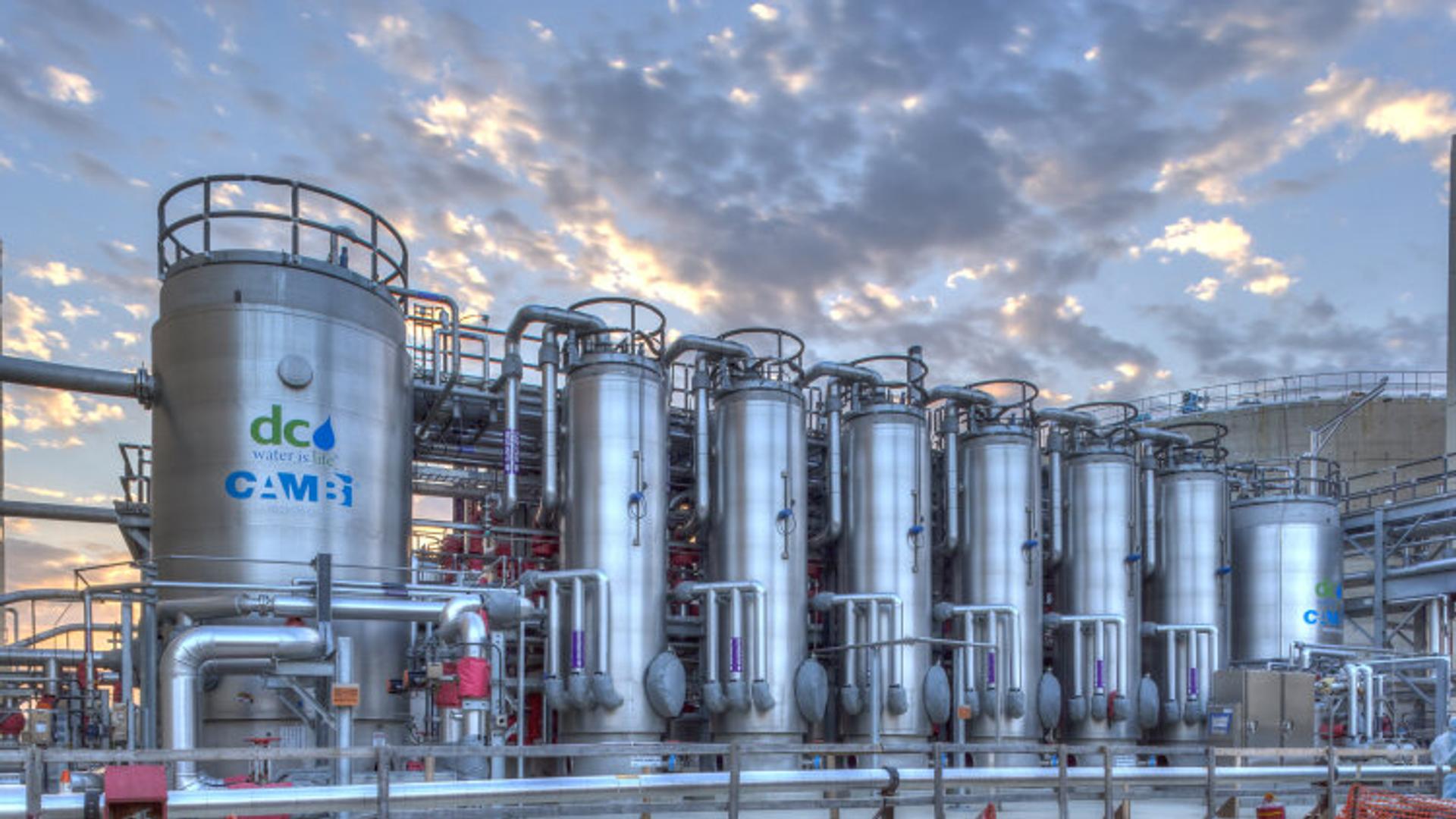How the circular economy is changing business

The global economy is now only 7.2 per cent circular. The situation is getting worse by the year due to rising material extraction and use. Global circularity has shrunk from 9.1 per cent in 2018 to 8.6 per cent in 2020, and now to 7.2 per cent in 2023.
This means that more than 90 per cent of the world’s resources – which include the metals, plastics, wood, concrete, chemicals and all other materials in circulation – are used only once, in a single product, before becoming waste. This waste represents an enormous pool of resources that can be exploited with minimal impact on the environment.
It is vital to keep these resources in a perpetual loop of use and reuse using renewable energy sources to ensure sustainability. There must also be an understanding that every actor in the circular economy (company, person or organism) is connected to other actors, and that the actions of one influence the others (this is known as systems thinking).
Envision it as an economy emulating the world of Lego: a world where all products consist of parts that can be used repeatedly, sometimes in vastly different products, over their lifetime, supported by an infrastructure that encourages the flow of used materials, the use of renewable energy, and the understanding that we are all connected.
The role of resources in the circular economy can be summarised in four central tenets: reduce, reuse, recycle and recover. Here are some ways that Norwegian companies are beginning to put this into practice.

Reduce: Limit waste by increasing material use efficiency
A circular economy is wholly dependent on using as few materials as possible. The logic is simple: using fewer materials in manufacturing means that more products can be produced with fewer resources and less waste. Here, advances in production technology are essential. One process that shows great promise is additive manufacturing.
Traditional manufacturing often involves chipping and carving and milling away the material until the required shape is achieved. Additive manufacturing turns this on its head: instead of a process where layers are removed to get the right shape, and in the process creating waste, layers are added in the precise geometric shape needed. Using computer-aided design (CAD) software and 3D printing, additive manufacturing can significantly reduce the amount of materials needed for producing parts and components.
Take titanium production, for example. Using conventional methods, 150 metric tons of raw material are needed to produce 15 metric tons of titanium components, meaning that only 10 per cent of the raw material is utilised. But by using additive manufacturing and its patented Rapid Plasma Deposition technology, the titanium manufacturer Norsk Titanium cuts the amount of waste in half, thereby significantly reducing the amount of raw materials needed.
In a similar vein, Fieldmade uses 3D printing to produce spare parts for the offshore and onshore energy industries on demand and on site.
When working with plastic structures, injection moulding is a sustainable production method. The process uses exactly the amount of material needed, leaving no waste, and requires no additional finishing. The S-1500 chair designed by Snøhetta is manufactured out of recycled plastic waste.
Yet another approach is to design products for multipurpose use – when a single product can do more, less raw materials are needed. A good example is BRIGHT Products, a producer of solar lamps for off-grid communities and emergency relief. The company’s multifunctional solar lamp, SunBell, can be used as a task light, ceiling lamp or flashlight.

Reuse: Smarter distribution
In a circular economy, the way products are used is just as important as the way they are made. Libraries are perhaps the best example of the reuse principle, where a single book can cover the need of hundreds of readers. The circular economy aims to expand this practice.
The Norwegian enterprise Tise brings the circular mindset to the fashion industry. Fast fashion is a source of tremendous pollution, including microplastic marine pollution, and one way of addressing this is to increase the use of the clothes we buy. The Tise app is tailormade for reselling or gifting used clothes, significantly lowering the threshold for those who want to buy used clothes instead of new.
On a different note, Hayk delivers a P2P platform that incentivises EV owners to share their cars with colleagues and neighbours, reducing the need for private car ownership.

Recycle: Make new products from used materials
Recycling is the process of making new products from used materials. In some industries, recycling is widespread. Aluminium, for example, is infinitely recyclable and recycling only requires 5 per cent of the original energy needed. Norsk Hydro is at the cutting edge here, using renewable energy, energy-efficient processes and recycled aluminium.
Consumers are also involved, aided by technological solutions from companies such as TOMRA Collection Solutions, Norway recycles 97 per cent of all cans and bottles in circulation.
One potential issue with recycling is that some recycled products are of inferior quality to new ones. When it comes to paper, at least, that is no longer true: Norsk Gjenvinning produces recycled paper whose quality is just as good as virgin paper.

Recover: Turn waste into resources
All industries produce waste and by-products. In a circular economy, this waste is mined for resources. In addition to providing the economy with valuable resources without having to harvest them from nature, using waste as a resource provides incentives for waste management, thereby directly preventing pollution.
There are a number of innovative examples of Norwegian companies finding new ways to utilise waste – often across sectors. Marealis, for instance, uses discarded prawn shells from the seafood industry to make a natural supplement that has been clinically proven to lower blood pressure.
Hias How2O has developed the Hias Process® for cleaning wastewater by facilitating the growth of naturally occurring bacteria in biofilm. This removes phosphorus, nitrogen and organic substances from the water without the use of heavy chemicals. After treatment, about 50 per cent of the phosphorus becomes available for recycling into high-grade fertiliser and other agricultural products.
Cambi, meanwhile, uses a thermal hydrolysis process in its solution for sludge management in wastewater or waste processing plants. Thermal hydrolysis can yield up to 50 per cent more biogas compared to conventional digestion and transforms sludge into low-odour, pathogen-free biosolids that can be used as organic fertiliser.

Waste-to-energy (WtE) is another prime example of the recovery principle in practice, where household waste is used for producing energy and heat. The Norwegian company NORSEP takes this one step further in its NORSEP Process, using the ash from WtE plants to create valuable materials such as zinc and concrete.
Although all of these cases represent incremental steps towards a completely circular economy, they show that the technology and knowledge to go circular is present in a range of sectors.
